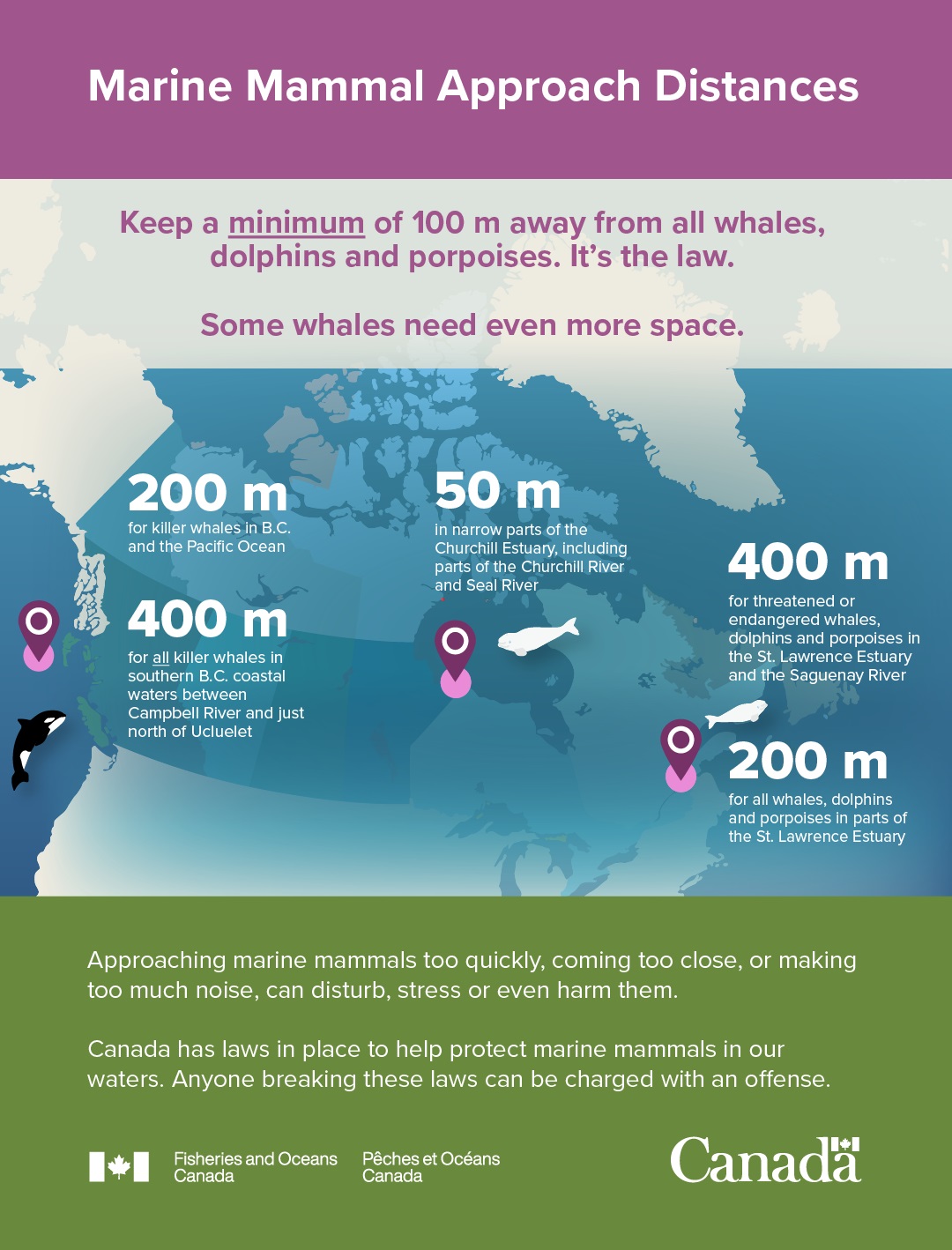"Such a surprise": Massive bus-sized grey whale feeds off Spanish Banks beach

It’s all about timing sometimes.
That’s the lesson learned for a Vancouver father and son lucky enough to be just metres away when a massive grey whale surfaced off the shore near Spanish Banks Beach.
Iain Myers-Smith and his seven-year-old son, James, were out for a day at the beach on August 31 and had already figured they’d won the lottery when they arrived to find parking, but they weren’t expecting how much greater that luck would turn.
Just as the pair had packed up their sandcastle projects for the day and were washing their feet off to get ready to leave, a whale suddenly appeared directly in front of them.
“I believe my exact words were, ‘holy shit! A grey whale!'” Myers-Smith told Daily Hive, and then confessed he apologized to his son for cursing as the whale passed them in the shallows travelling east towards the Jericho Sailing Centre.
“It was such a surprise; I could barely believe my eyes. But it was so close that it was instantly recognizable,” he said.
“We were knee-deep in the water, bent over and washing the sand off when the grey whale surfaced with a big exhale just five to 10 metres from us. I was in total disbelief as I had never heard of grey whales being spotted in the area, and had definitely never seen one in the 40 years I had been going to that beach,” he said.
But bad news for Myers-Smith, who is a landscape photographer and outdoor enthusiast. He was without his camera or phone, and he could not capture the proof as the whale moved further and further away.
- You might also like:
- "Floating in its dining room": Feeding humpback surfaces just metres from kayakers
- People confused after Ontario bear cub driven around for 10 hours and fed Taco Bell
- "Amazing milestone": Rescued baby sea otters arrive at Vancouver Aquarium
He said they assumed that was the end of it, and they turned to go but realized the whale had travelled back towards them.
“I ran back to our base camp and grabbed my phone, and then we raced back to the water. And sure enough, there it was, feeding in the shallows about 10 metres from the waters’ edge. It spent the next 45 minutes or so working its way slowly west, feeding along the drop-off as it went. It would roll onto its side, pectoral fin in the air — and sometimes part of its tail fluke — and feed for several minutes. It would then right itself, surface, take a breath, and then swim slowly to the next feeding spot, taking two to three breaths along the way,” he said.
This time, the moment presented itself perfectly, and he was able to capture videos that showed the majesty of the moment and shared them on his Instagram page shortly thereafter.
View this post on Instagram
He shared he was using an iPhone with three-time optical zoom from the shore to get the shots.
The zoom is important, as efforts to capture incredible “encounters” with wildlife have become a growing issue for scientists who urge animal lovers to respect the much-needed space these incredible mammals require and not actively seek out these one-of-a-kind videos by encroaching on their habitats.
Get the photo, but stay far away, is the message to everyone.
View this post on Instagram
Myers-Smith, among those advocating for keeping these wild animals wild, says that even as a photographer, there are plenty of ways to capture a stunning shot without getting too close.
“From the shore, under normal circumstances, there is very little risk of your presence disturbing the whales or altering their behaviour. Also, with luck, you can get much better views, as you might be closer than you would from whale-watching boats, which have regulations governing their proximity to cetaceans. But again, that is all about knowing the right location or just getting exceptionally lucky as I did,” the Mount Pleasant resident said.
“It was just that magical.”

Dr. Martin Haulena, the head veterinarian with the Vancouver Aquarium, confirmed that the animal is a grey whale. While grey whales are more common on the outer coast, they sometimes come close to shore and the Salish Sea.
He explained that they are benthic invertebrate eaters and will feast on things like polychaetes (marine worms) and shrimp.
“They will scrape the sandy or muddy bottom and dig trenches and then filter out things they can eat with their baleen. But [they] can be opportunists and feed on fish and squid, etc. as well,” he said.
Clint Wright, vice president and executive director at the aquarium, said grey whales can grow up to 15 metres long (longer than a school bus) and can weigh about 40 tonnes.
Wright shared that the whales are more often seen in our area while travelling on their migration routes, which brings them north to feed before they travel back down to Mexico and warmer water for the winter.

